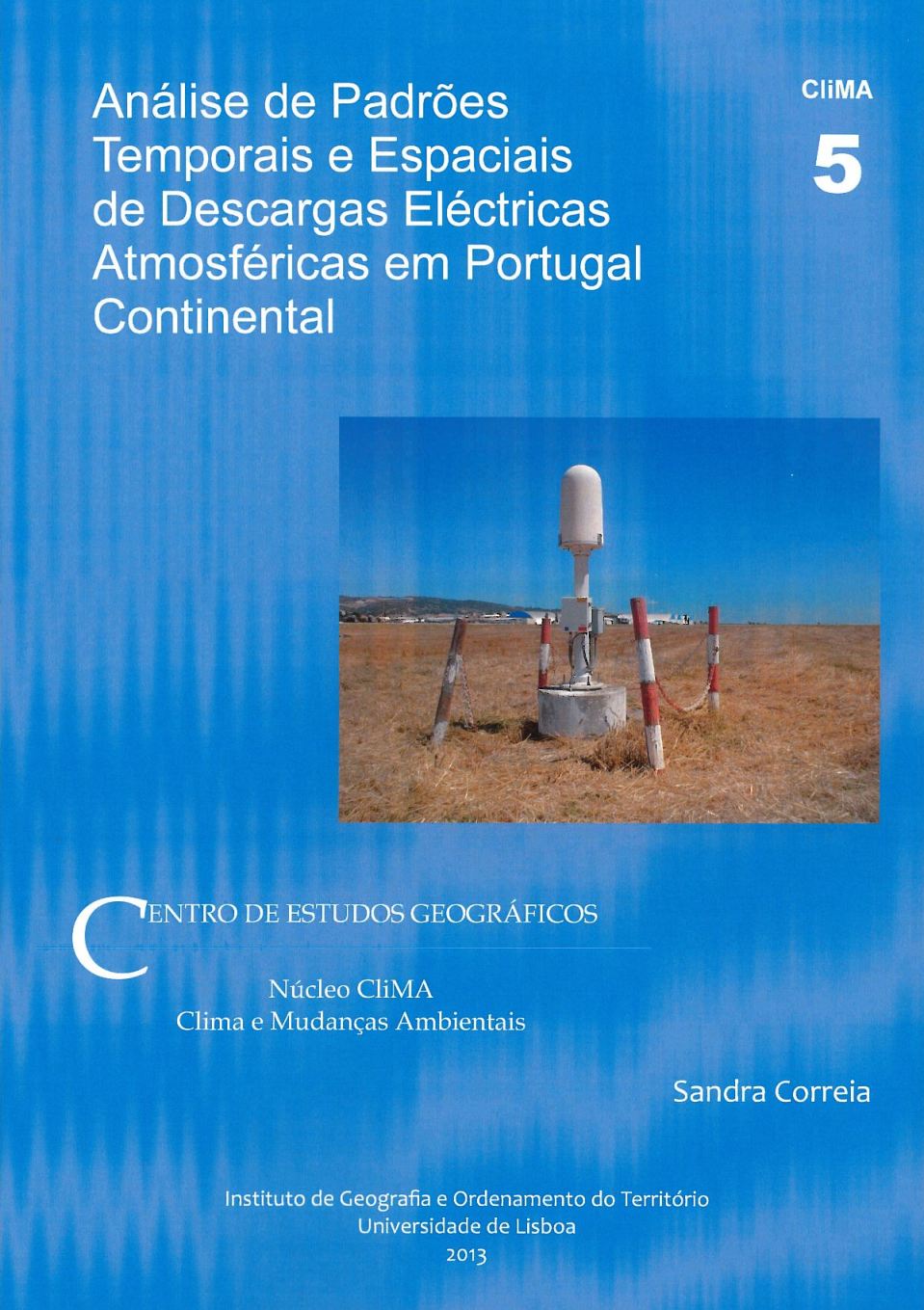Abstract
ABSTRACT A study of the thunderstorm phenomenon in mainland Portugal, taking into account their temporal evolution and spatial distribution, between 2003 and 2009, is presented. Cloud-to-Ground discharges (CG) data was obtained by the Portuguese detectors network from the Meteorological Institute (IM, I.P.). The main objective of this study is to identify different spatial patterns, based on a predefined time integration (at least 60 min interval between successive CG) allowing to determine CG events, which will be characterized by several parameters (number of occurrences, duration and maturation phase). These patterns were subsequently classified using various criteria (distance, area and shape), allowing its distinction according to types (local, multilocal, regional or widespread). A sample based on the most representative event of each day, among days with CG above the 50th percentile, was selected for the identification of the resulting patterns. Local type events are predominant (52 %), and its typical duration is the shortest (5 h). CG during the maturation phase of thunderstorms are in order of 30 % of the total. The classification of the events is restricted to the hour corresponding to the maturation phase. Regions of higher CG density in the Portuguese territory (North, Central or South) were identified, with 18 % of the events reported in the Southern regions. For some case studies, selected among those above the 90th percentile, temporal distributions (60, 30 and 10 min) were obtained, and based on satellite and radar imagery it was possible to analyse the relationship between the CG lightning spatial patterns and the structure and organization of the associated convective cells, isolated or as part of mesoscale convective systems. KEYWORDS: CG discharges; Temporal and spatial patterns of CG discharges; Thunderstorm events; Thunderstorm types

